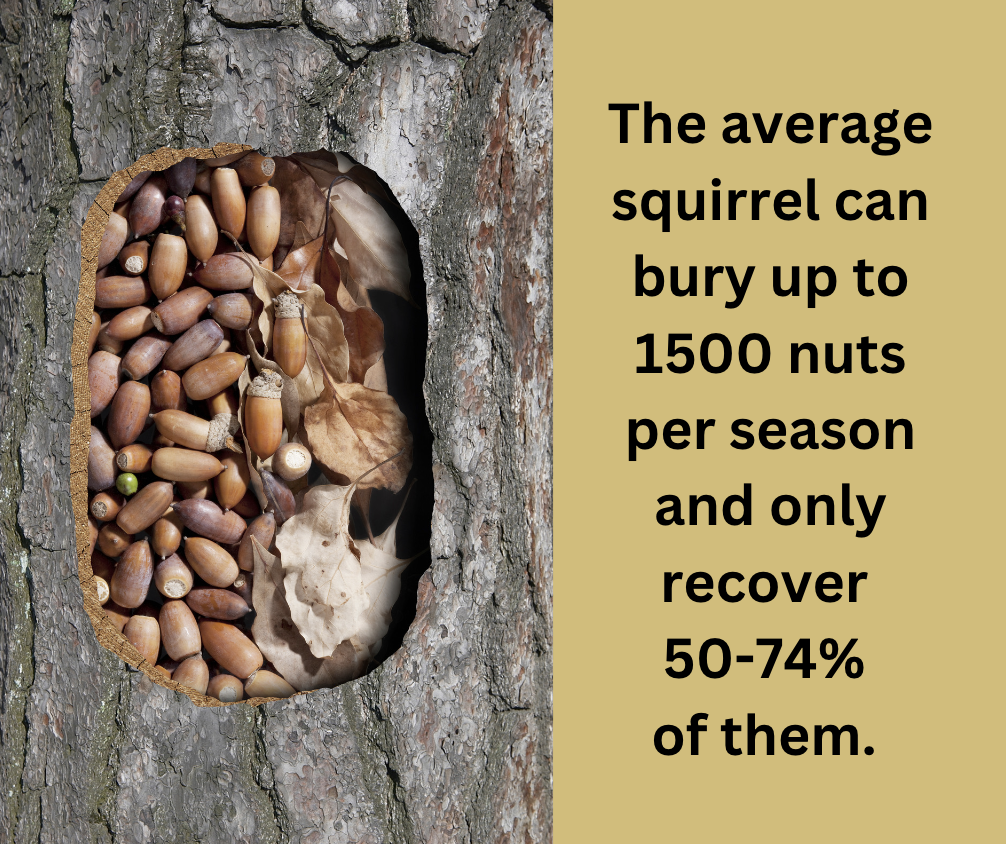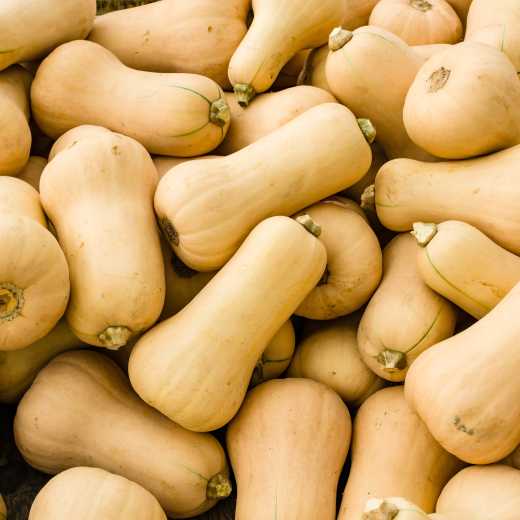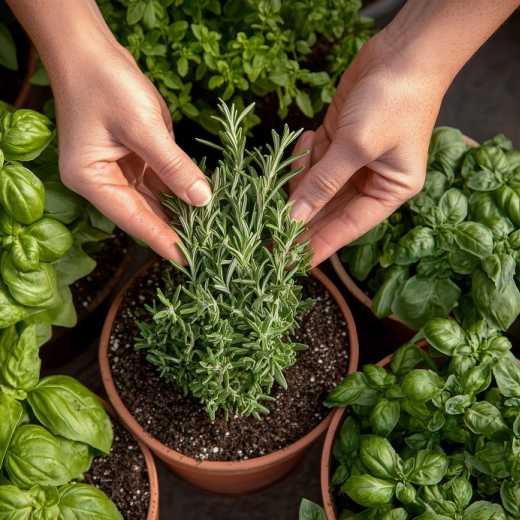Gardening with Squirrels: Tips for a Harmonious Coexistence
Gardening is such a rewarding hobby that connects us with nature in ways few other things can. Daily or weekly gardening provides us fresh produce, lush landscapes and vibrant floral displays. However, one furry visitor that can significantly change your gardening experience is the squirrel. While some might consider them pests, others find endless fascination with their antics. Understanding their behavior can help us coexist with these playful creatures.
As extremely intelligent and curious creatures, squirrels can outsmart the best gardening hacks, eating your tomatoes, raiding your bird feeders, stealing your precious tulips bulbs and turning their incisors onto your coveted house. Google squirrels and the first ten pages will cite article after article on how to rid your landscape of these pesky creatures. But a recent visitor from abroad made me aware of how special they are to people who no longer have them in their native landscapes.

North America is home to gray, black, red, white, and brown squirrels, fox squirrels, flying squirrels and other members of the Sciuridae family (think chipmunks, marmots, groundhogs and prairie dogs), and they all perform important ecosystem services.
Knowing their vital roles in our ecosystems is paramount to co-existing with them harmoniously.
Propagation: Since most squirrels do not hibernate, they collect and stash food during the warmer months to have at the ready in colder months when food is scarce. As a result of their omnivorous diets, squirrels will stash bulbs, nuts, seeds, fruits, berries and even mushrooms. Despite their intelligence, a great portion of these caches remain unclaimed and spread species far and wide. In a 2020 research study on Eastern Gray Squirrels in a suburban area, it was determined that the subjects spread food in every direction across a 10km range. According to Alex Potash, a postdoctoral researcher in the University of Florida’s Department of Wildlife Ecology and Conservation. this behavior that has had the most significant impact on forest expansion.
Soil Aeration: When squirrels bury their food, they sometimes choose ground storage. This can be a blessing and a curse as their tiny paws destroy your flawless turf while aerating the soil at the same time. In addition, during this aeration process, they typically spread healthy fungal spores that extend the fungal network into new areas. For most naturalist gardeners, this is seen a benefit as are mole and vole tunnels in a woodland garden. It is only turf growers that find it troubling. The solution? Grow less grass or provide natural deep mulch areas of the landscape where this is more appropriate. It will also become more welcoming to the squirrel.
Food Web: one the biggest benefits squirrels provide is probably the one we least like to consider. Squirrels and other Sciuridae are a critical food source for owls, hawks, eagles, foxes, bobcats and coyotes. It has also been observed that the North American alligator may take one occasionally.
So given that squirrels are so important, how do we co-exist harmoniously without tearing our hair out or removing every bird feeder? The simple answer is to outsmart them.
Planting oaks, pecans, hickory and other nut trees provides food and nesting alternatives. This can be very successful if done in conjunction with protection of more precious food like your tomatoes and fruit trees.
Creating squirrel feeders away from squirrel-proofed bird feeders is another simple solution. Beware, however, that squirrel feeders may also attract raccoons and rats who share the same taste for corn, nuts and seeds.
In addition to barriers, bird feeders should be filled with unpopular squirrel foods like safflowers versus sunflowers. There are several squirrel-proof food mixes now on the market and a capsacian spray that can be applied to bird seed that coats the seed in hot pepper the birds will not mind.
In the garden, barriers can include row covers for food crops, fencing larger areas and using hardware cloth cages to house your precious bulbs. Planting mint, oregano, marigold, and geranium are also great choices to create a scent that is pleasant to humans but unpleasant a squirrel.
Around the house, think small. A squirrel or any other rodent, can enter a space that is 2-3” wide or smaller if it is wood that can be chewed into larger holes. Using 3/8” hardware cloth is an easy way to seal these
Gardening with squirrels doesn’t have to be a battle; it can be a joyful coexistence. With a little understanding and some strategic approaches, you can enjoy your gardening endeavors without unnecessary conflict. Embrace these furry friends, and find balance in your growing space. Happy gardening!

 Member Login
Member Login






